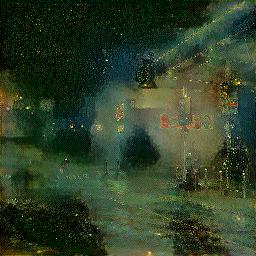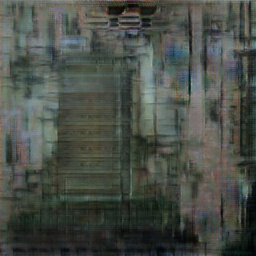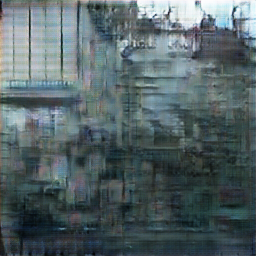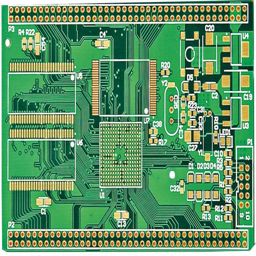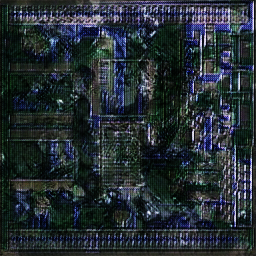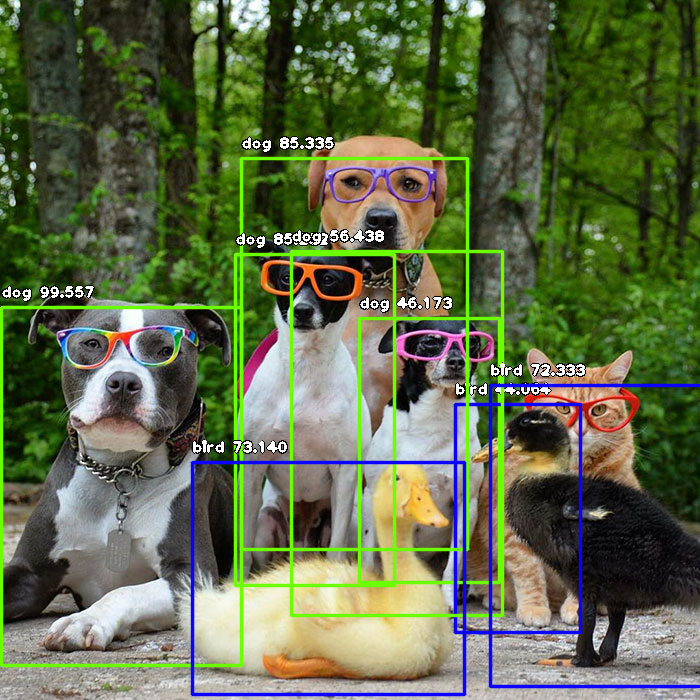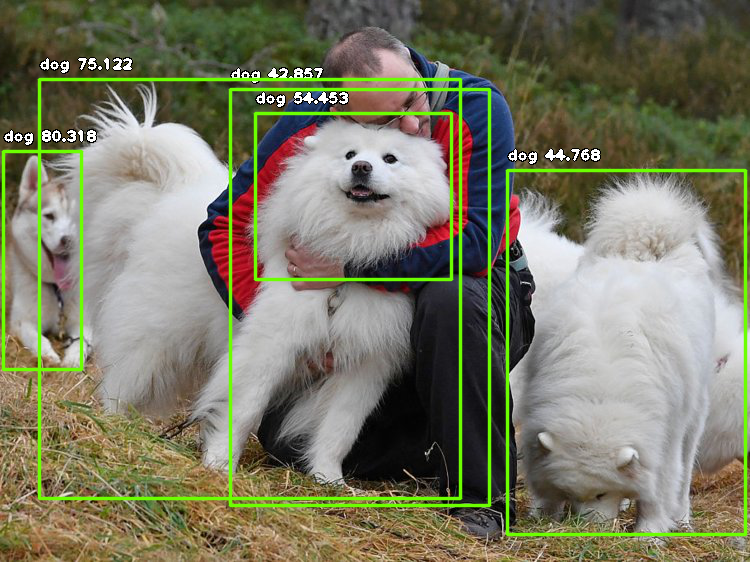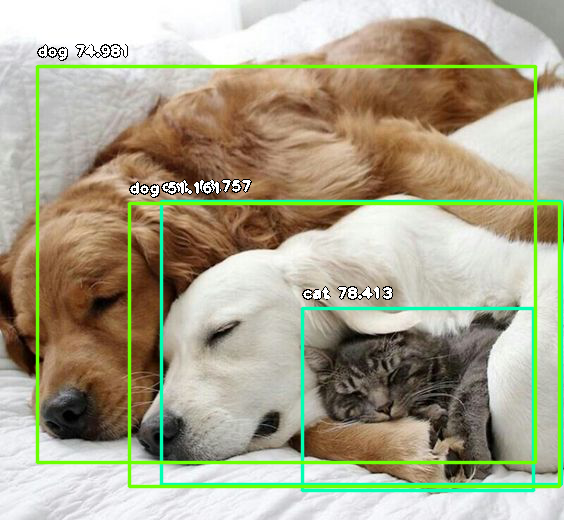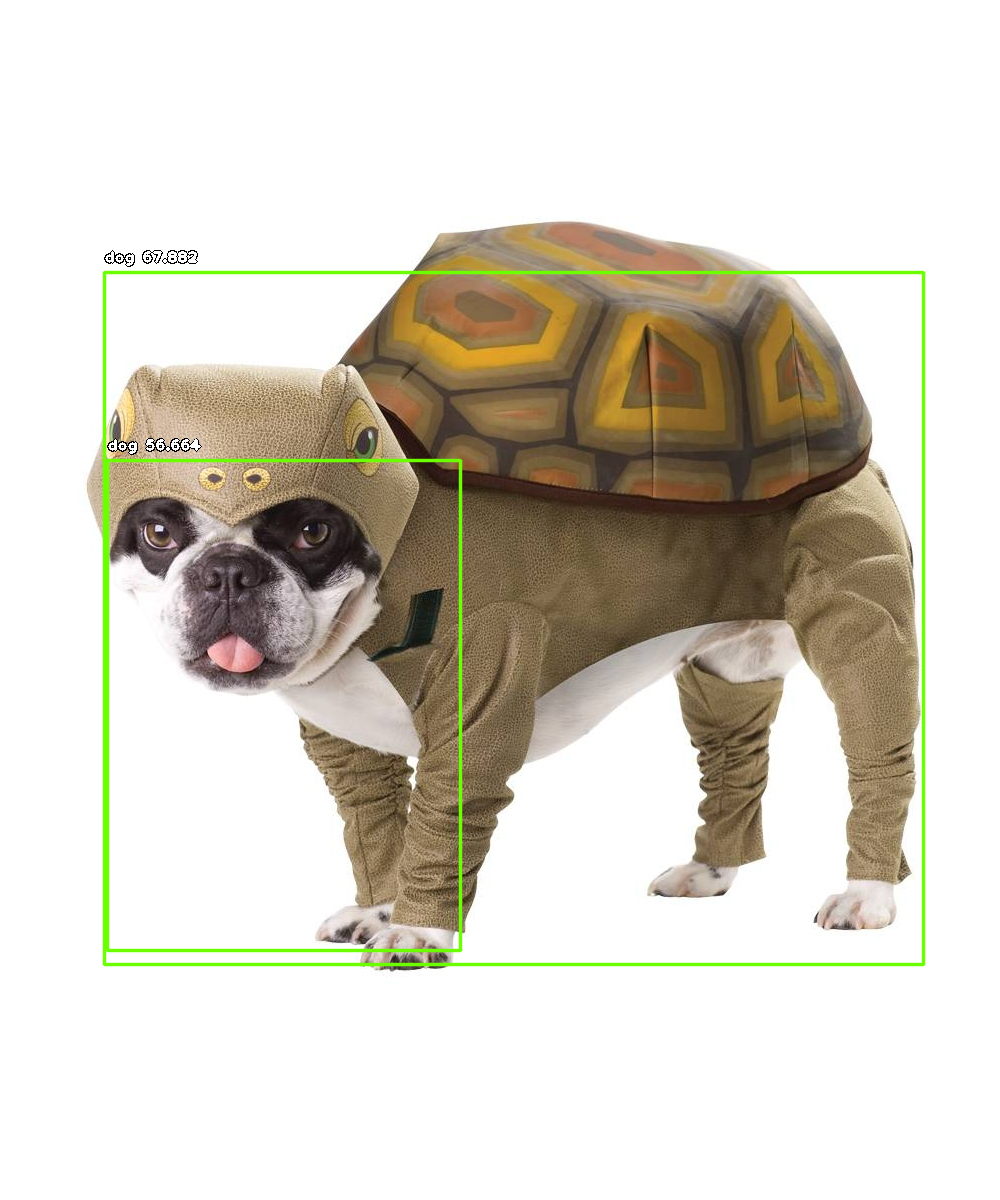This week, I implemented a character-level recurrent neural network (or char-rnn for short) in PyTorch, and used it to generate fake book titles. The code, training data, and pre-trained models can be found on my GitHub repo.
Me the Bean
Be the Life
Yours
Model Overview
The char-rnn language model is a recurrent neural network that makes predictions on the character level. In contrast, many language models operate on the word level.
Making character-level predictions can be a bit more chaotic, but might be better for making up fake words (e.g. Harry Potter spells, band names, fake slang, fake cities, fantasy terms, etc.). Word-level language models might have an advantage for generating longer pieces of text, like summaries or fiction, as they don’t need to figure out how to spell, in a sense.
There do exist character-word hybrid approaches. For example, the GPT-2 model uses byte pair encoding, an approach that interpolates between the word-level for common sequences and the character-level for rare sequences.
This particular char-rnn implementation is set up to handle multiple categories of text. In this use case, it is able to make predictions for different book genres, e.g. Romance, Fantasy, Young Adult, etc.
Training Data
The training data used for this model is a modified version of a Goodreads data scrape of 20K book titles. I transformed the CSV file into separate text files for the top 30 genres. The resulting split dataset can be found in my Github repo.
GPU training time with this model took about 20 minutes on an NVIDIA GeForce GTX 1080 Ti. Generating samples only takes a few seconds.
Results
The following results are a selected sampling of outputs. Note that I’m mainly including examples that consist of real words, with a few exceptions.
Romance
Years of the Dark
You the Book
The Stove to the Story
Fantasy
Book of the Dark
Red Sande
Fiction
Jen the Bead
King the Bean
Historical
Other and Story
Science Fiction
Voringe
In the Beantire
Mystery
Kiss of the Dark
Red Story
Classics
Gorden the Story of Merica
Childrens
Late
Story of the Bean
Paranormal
Red Store
Stariss and Storiss
Wind Store
New Adult
Growing Me
In the Bean
Me the Bean
Poetry
Me
Erotica
King of the Dark
Dork of the Dark
Work of the Dark
Bed Storys of the Dark
Your Mind
Biography
On Anger and Of Mand Anger
Comically, there are many book titles that revolve around beans, beads, stores, and darkness. While I did notice some subtle differences between genres, it doesn’t appear to be particularly drastic overall.

























































